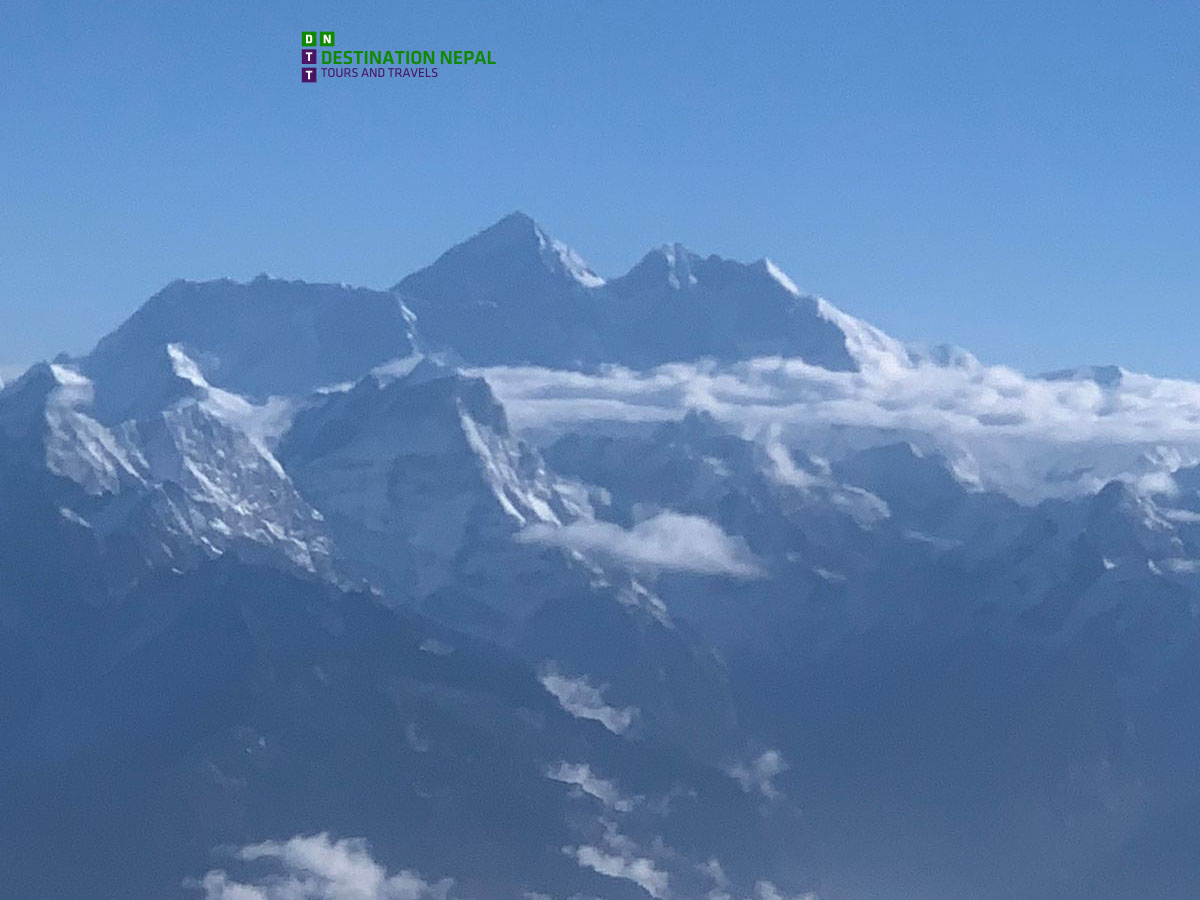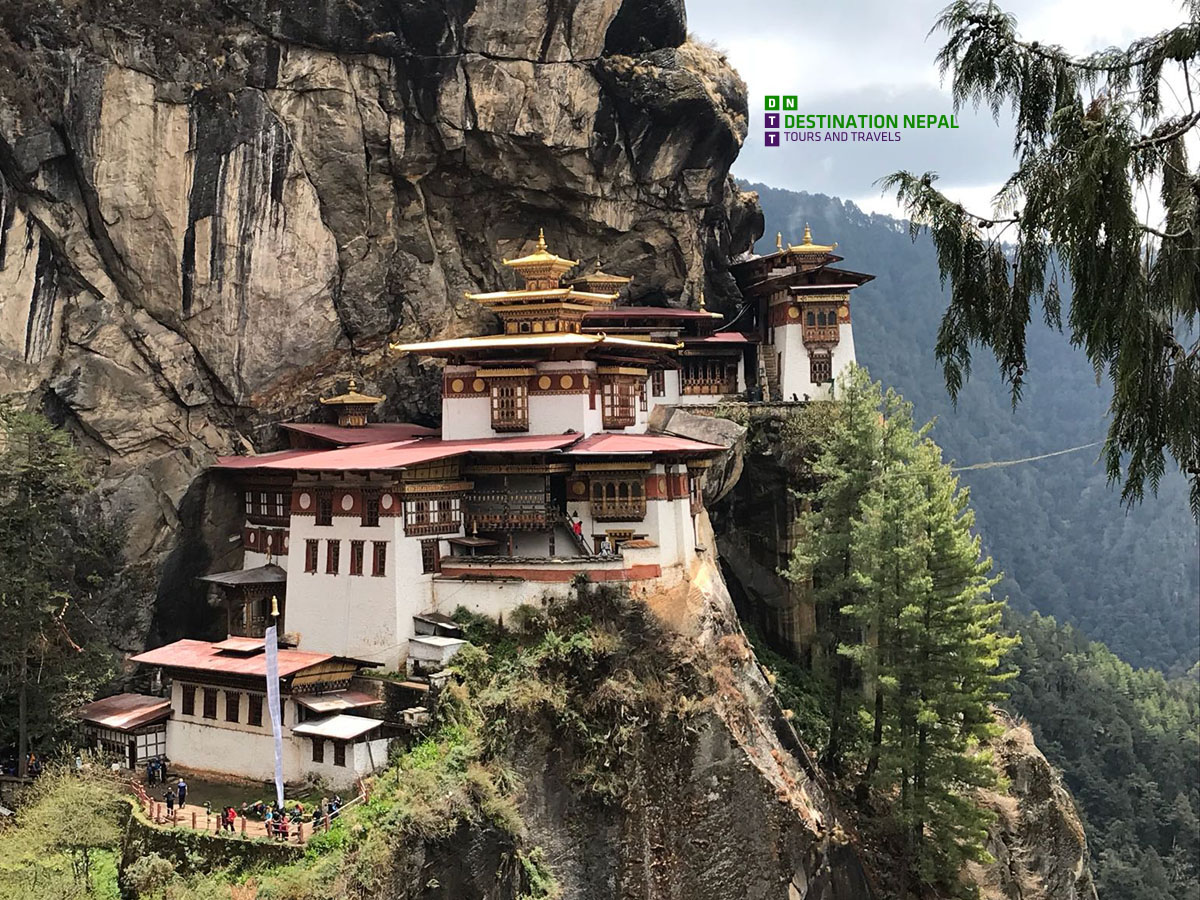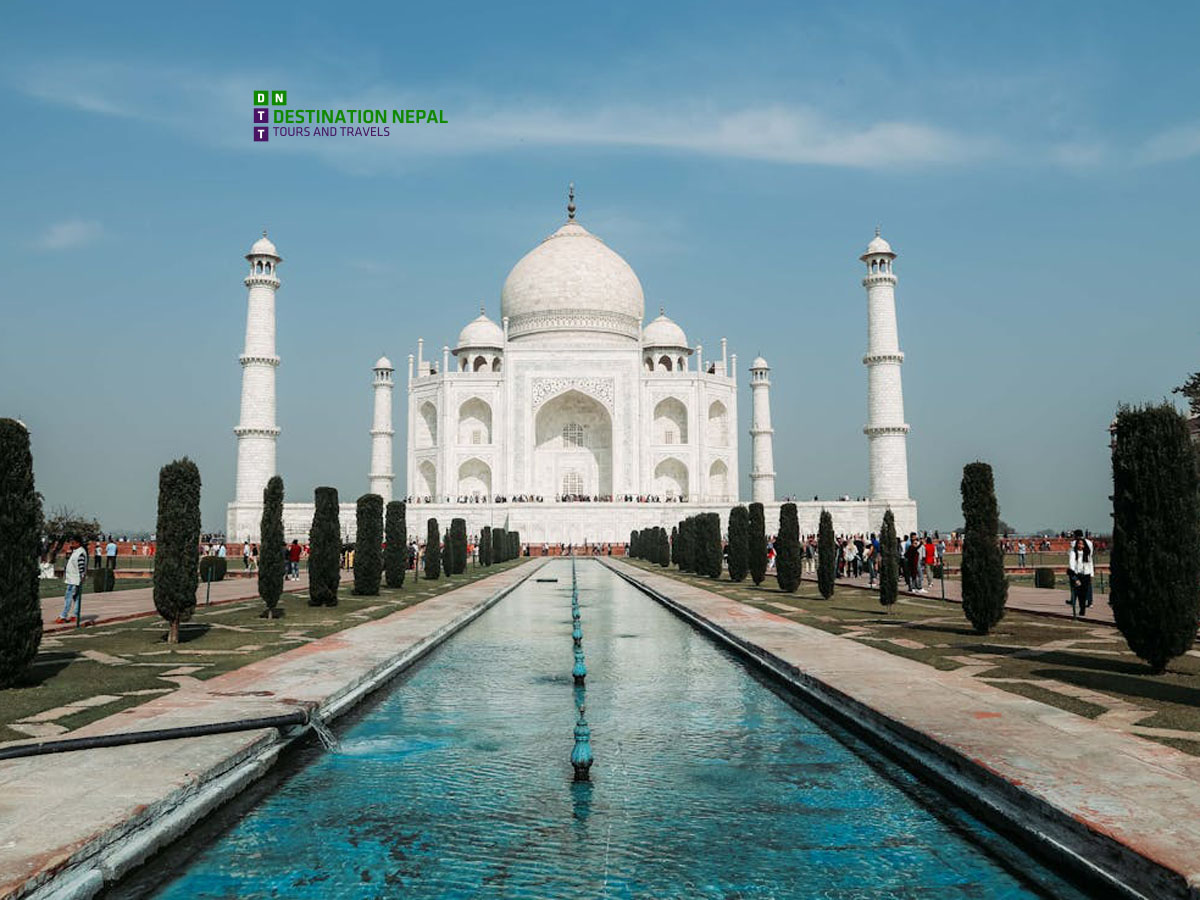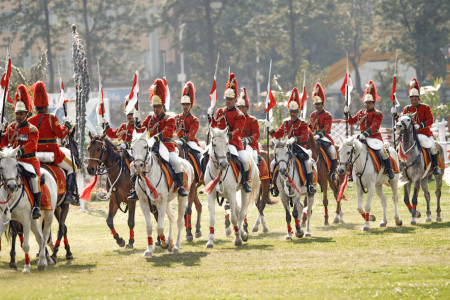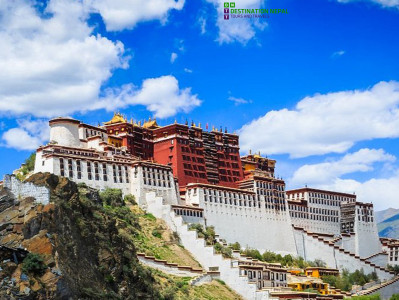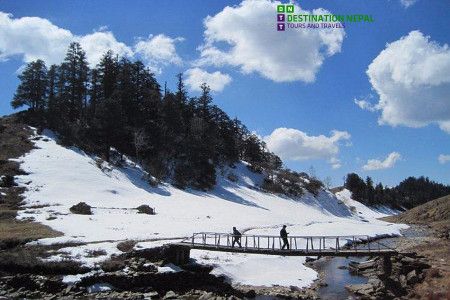Blogs
Best Time for Gosainkunda Trek
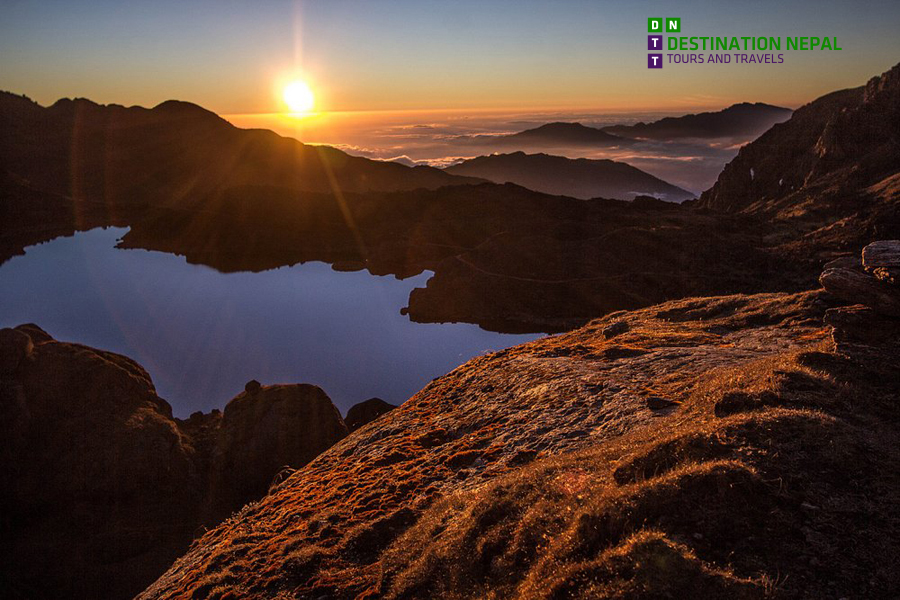
The best time to go on the Gosainkunda trek is during Spring (March to May) and Autumn (September to early December). These seasons bring mild weather, clear mountain views, and stunning natural beauty, making them ideal for trekking.
Why Spring and Autumn Are the Best
Spring is perfect if you love nature. You’ll trek through lush forests filled with blooming rhododendrons and vibrant wildflowers. The clear skies and mild temperatures make walking comfortable, and the chance to spot rare animals like the red panda or Danphe adds excitement to the journey.
In Autumn, the weather is warm and dry, and the views of the mountains are crystal clear. This season is also a spiritual time for many pilgrims, as both Hindu and Buddhist followers visit Gosainkunda for religious rituals. The trails are lively with trekkers and devotees, making the trek a culturally rich experience.
Both seasons offer stable weather, bearable temperatures, and breathtaking landscapes. You can enjoy a comfortable trek with minimal risks of rain or snow.
Details About Trekking in Spring
Highlights:
-
Bright, colorful rhododendrons.
-
New greenery along the trail.
-
Clear skies for mountain views.
Temperature Range:
-
Daytime: 18°C to 30°C (64.4°F to 86°F).
-
Night: 6°C to 18°C (42.8°F to 64.4°F).
Spring is an excellent time for photographers. The trails are surrounded by vibrant flowers, and the landscapes are at their most beautiful. If you’re lucky, you might even see rare wildlife.
However, early Spring can bring unexpected snowfall, and late Spring might see some rain as the monsoon approaches. To stay prepared, pack a raincoat and snowproof gear.
Pro Tip: Early Spring offers quieter trails, while mid to late Spring brings more trekkers and social interaction.
Details About Trekking in Autumn
Highlights:
-
Crystal-clear mountain views.
-
Warm, dry trails.
-
Cultural experiences with pilgrims.
Temperature Range:
-
Daytime: 20°C to 28°C (68°F to 82.4°F).
-
Night: 6°C to 10°C (42.8°F to 50°F).
Autumn is the most popular season for trekking. The trails are bustling with trekkers from around the world. Hindu and Buddhist pilgrims visit Gosainkunda during Janai Purnima to perform sacred rituals at the lake.
Since teahouses are often full, it’s wise to book your accommodations in advance. The dry weather ensures a smooth trek, but the high volume of visitors may make some areas crowded.
Pro Tip: Start your trek early in the day to avoid crowds and secure the best spots in teahouses.
Trekking in Other Seasons
While Spring and Autumn are the best, you can trek to Gosainkunda during Winter and Summer with proper preparation.
Summer Trek (June to August)
-
Weather: Daytime temperatures range from 22°C to 30°C (71.6°F to 86°F), with frequent rains.
-
Challenges: Slippery trails, leeches, and limited mountain views due to fog.
-
Perks: Fresh landscapes and vibrant flora and fauna after rain.
To enjoy a summer trek, carry rainproof gear, insect repellents, and trekking poles for better balance on wet trails.
Winter Trek (December to February)
-
Weather: Daytime temperatures range from 6°C to 10°C (42.8°F to 50°F), with nights dropping below freezing.
-
Challenges: Heavy snow, icy trails, and extreme cold.
-
Perks: Stunning snow-covered landscapes and a quieter trekking experience.
Pack snowproof jackets, sleeping bags rated for -20°C (-4°F), and microspikes for walking on icy paths. Stay hydrated to avoid altitude sickness, and walk at a steady pace.
Conclusion
The best time to trek to Gosainkunda is Spring or Autumn, thanks to their stable weather, clear views, and lively trails. However, with proper preparation, you can enjoy this trek year-round. Winter offers serene snow-covered views, while Summer showcases lush greenery and vibrant wildlife.
For any assistance with planning your Gosainkunda trek, feel free to contact Destination Nepal Tours & Travels. We’re here to help make your adventure unforgettable!
